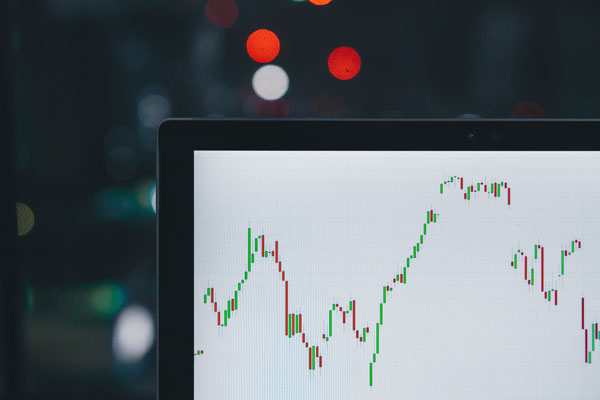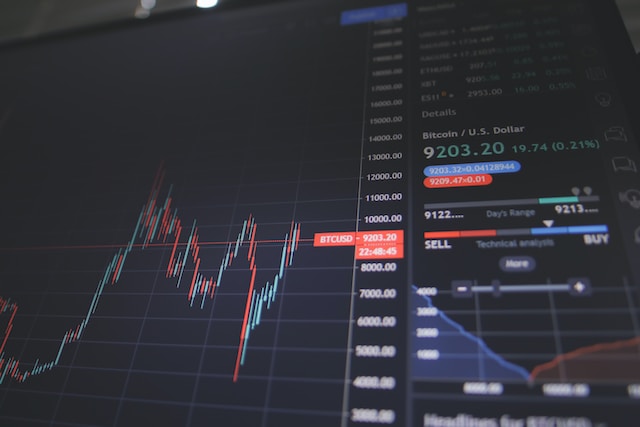Trading Technologies: A Beginner’s Guide to Mastering the Art of Trading
As a personal blogger, I am excited to share my journey and experiences in the world of trading technologies. Whether you are a man or a woman, diving into the realm of trading can be both exhilarating and overwhelming. With the advancement of technology, trading has become more accessible than ever before, allowing individuals to participate in the global financial markets from the comfort of their own homes. In this article, I will provide you with a comprehensive guide on trading technologies, empowering you to navigate this exciting field with confidence.
Before we delve into the intricacies of trading technologies, let’s start with the basics. Trading technologies encompass a wide range of tools, software, and platforms that facilitate the buying and selling of financial instruments such as stocks, currencies, commodities, and more. These technologies have revolutionized the trading landscape, enabling traders to execute trades swiftly, analyze market data, and make informed decisions.
1. Choosing the Right Trading Platform:
The first step in your trading journey is selecting a suitable trading platform. A trading platform serves as your gateway to the market, providing access to real-time market data, charting tools, order placement, and trade execution. Popular trading platforms include MetaTrader, Thinkorswim, and eToro. Take the time to research and compare different platforms, considering factors such as user-friendliness, available features, and customer support.
2. Educate Yourself:
Trading technologies are powerful tools, but they are only as effective as the person using them. To become a successful trader, invest time in educating yourself about various trading strategies, market analysis techniques, and risk management principles. Online resources, books, webinars, and courses can all contribute to your knowledge base. Remember, trading is a continuous learning process, and staying updated with market trends is essential.
3. Utilize Technical Analysis Tools:
Technical analysis is a popular method used by traders to predict future price movements based on historical market data. Trading technologies offer a wide range of technical analysis tools, including indicators, chart patterns, and trend lines. Experiment with different tools and find the ones that resonate with your trading style. However, it’s important to understand that technical analysis is not foolproof and should be used in conjunction with other forms of analysis.
4. Embrace Algorithmic Trading:
Algorithmic trading, also known as automated trading, is a game-changer in the world of trading technologies. It involves the use of computer programs and algorithms to execute trades based on predefined rules and parameters. Algorithmic trading can help eliminate emotional biases and execute trades at lightning speed. If you have coding skills or are willing to learn, exploring algorithmic trading can be highly rewarding.
5. Practice with Demo Accounts:
Most trading platforms offer demo accounts, allowing you to practice trading without risking real money. Utilize these demo accounts to familiarize yourself with the platform’s features, test different strategies, and gain confidence in your trading abilities. Treat the demo account as seriously as you would a live account, and track your progress to identify areas for improvement.
6. Stay Informed with Market News:
Trading is not just about analyzing charts and indicators; it also requires staying updated with market news and events that can impact prices. Many trading platforms provide real-time news feeds and economic calendars to help you stay informed. Additionally, following reputable financial news websites and subscribing to market newsletters can provide valuable insights into market trends and potential trading opportunities.
7. Develop a Trading Plan and Stick to It:
One of the most crucial aspects of successful trading is developing a well-defined trading plan. Your trading plan should outline your goals, risk tolerance, entry and exit strategies, and money management rules. Stick to your plan, even when emotions run high during volatile market conditions. Consistency and discipline are key to long-term success in trading.
In conclusion, trading technologies have opened up a world of opportunities for individuals interested in participating in the financial markets. By choosing the right trading platform, educating yourself, utilizing technical analysis tools, embracing algorithmic trading, practicing with demo accounts, staying informed with market news, and developing a trading plan, you can embark on a rewarding trading journey. Remember, trading involves risks, and it’s important to start with a cautious mindset and gradually build your expertise. Happy trading!




